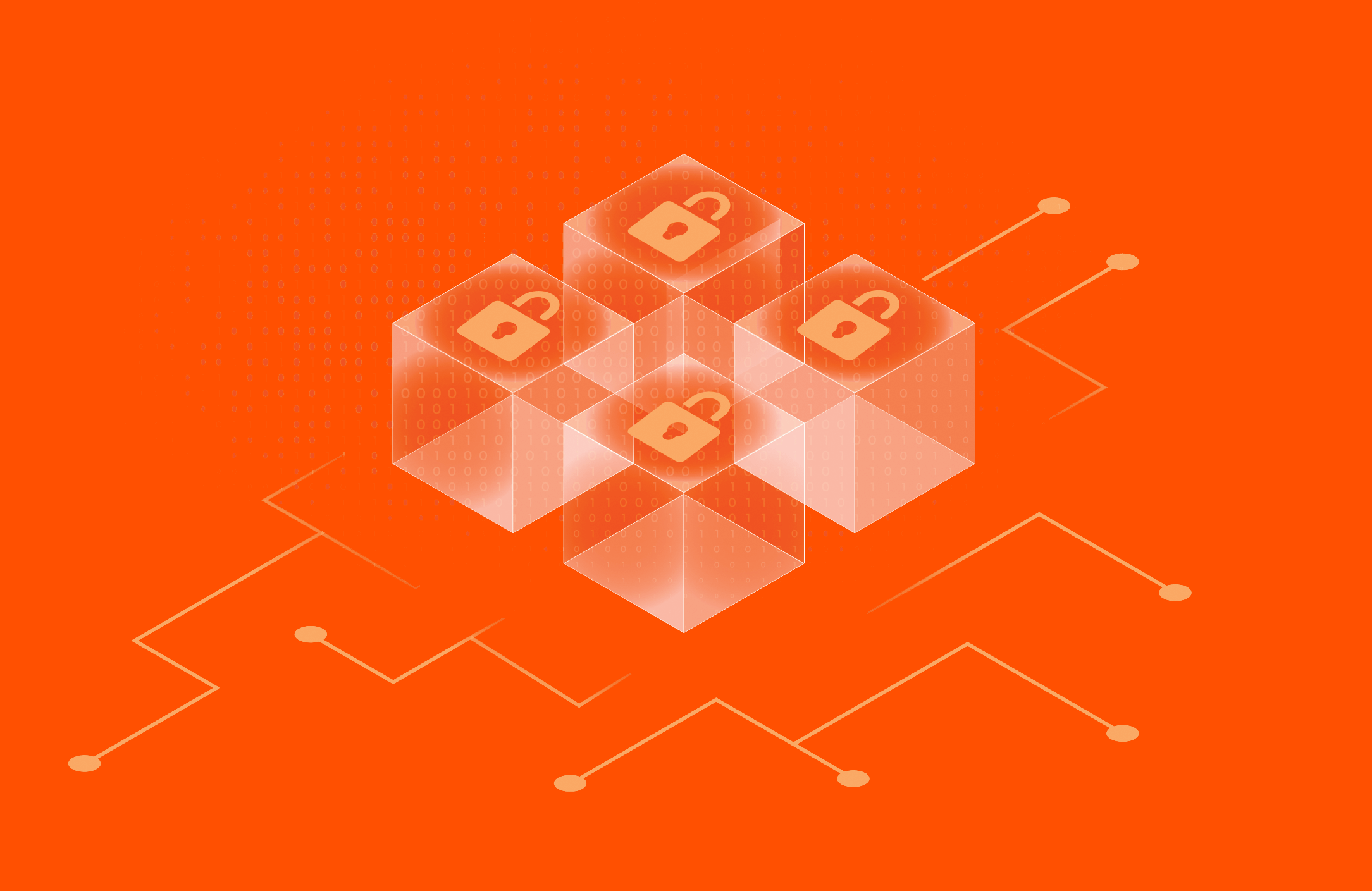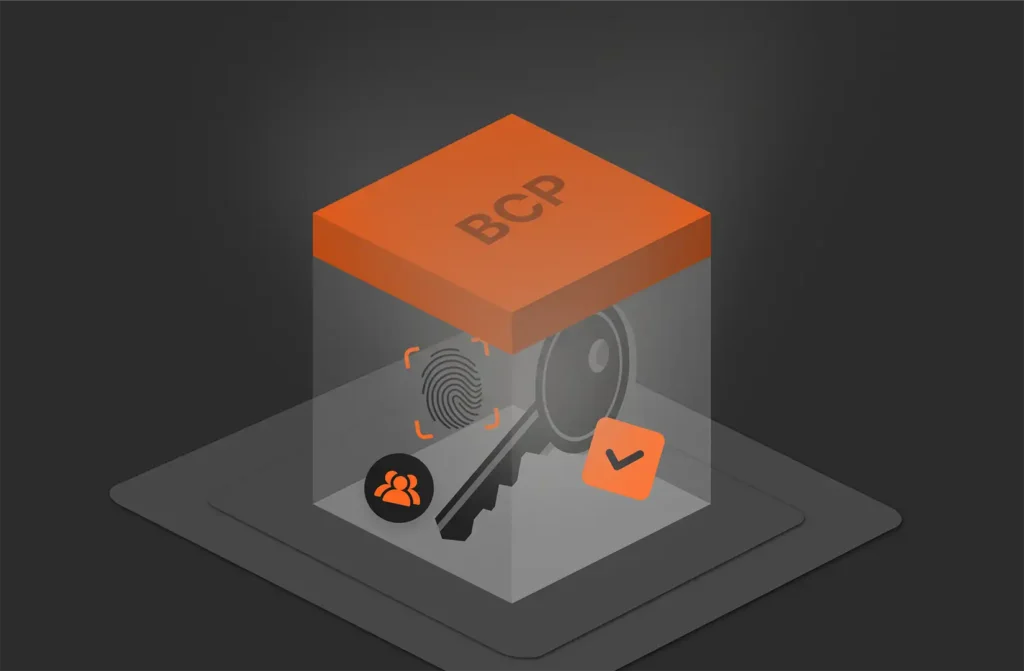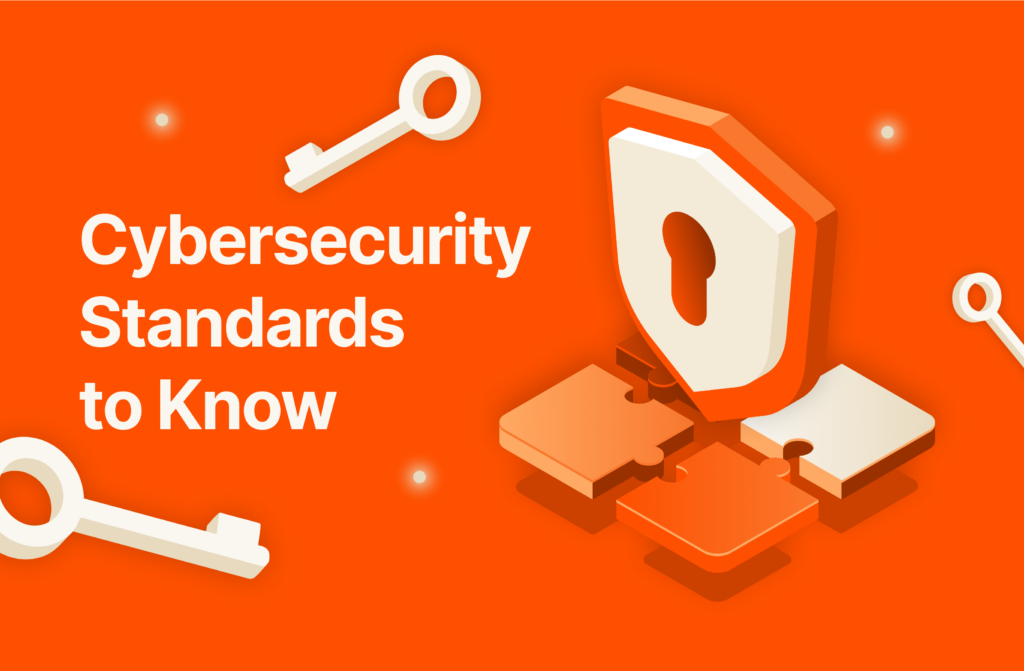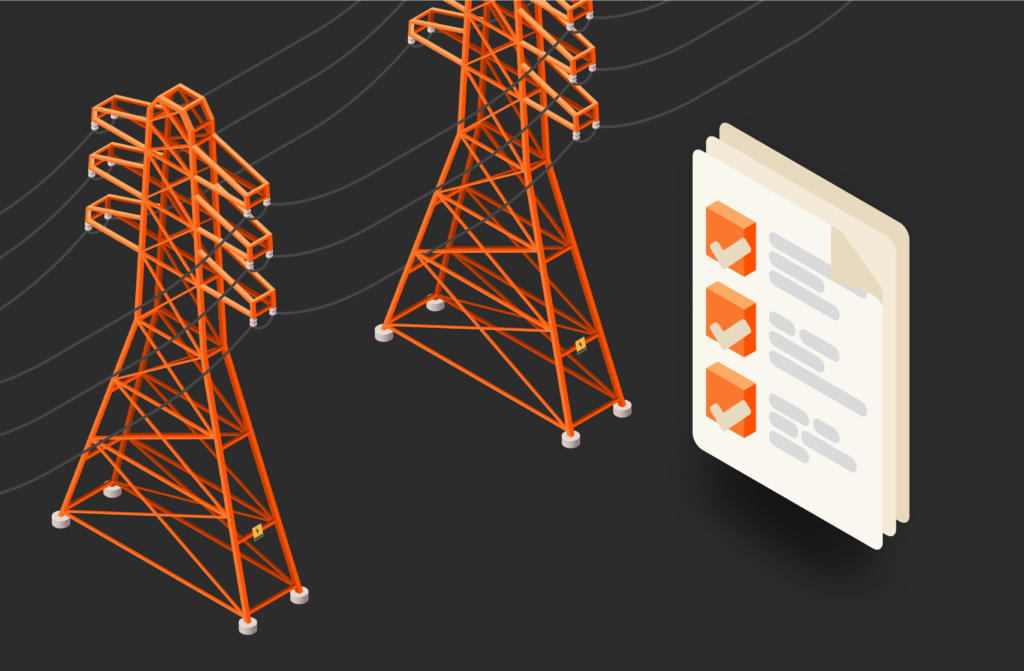Summary
Blockchain has the potential to transform how we think about data storage and auditing thanks to its decentralized approach and cryptographic principles that make tampering virtually impossible.
In a world where data is the new oil, the integrity and security of that data are paramount. Every day, vast amounts of information flow through digital pipelines—personal details, financial transactions, medical records, and more—all stored in centralized systems that, despite their advantages, are increasingly vulnerable to breaches, tampering, and loss.
The stakes are high, and the shortcomings of traditional storage solutions have left many in the tech world searching for a better way. Enter blockchain, a technology originally developed to power cryptocurrencies, now poised to revolutionize the way we think about data storage and auditing.
Blockchain’s promise lies in its ability to decentralize, secure, and render data tamper-proof. Imagine a world where data isn’t stored in a single, hackable location but instead spread across a global network, each piece of information backed by a transparent and immutable record. This isn’t a distant dream; it’s the emerging reality, and blockchain is at the heart of it.
The Problem with Centralized Storage
To understand the allure of blockchain, we must first examine the weaknesses of the systems it seeks to replace. Centralized storage—where data is stored on a single server or a cluster managed by one entity—has been the norm for decades. It’s efficient, easy to manage, and allows for quick access to data. But this centralization is also its Achilles’ heel.
When data is centralized, it becomes a juicy target for hackers. A single breach can expose vast amounts of information, as we’ve seen in high-profile attacks on corporations and governments alike. Even without malicious intent, centralization introduces risks: hardware failures, natural disasters, and simple human error can result in catastrophic data loss. Moreover, centralized systems require trust—trust that the entity managing the data won’t tamper with it, that they’ll keep it safe, and that they’ll maintain accurate records.
But trust, as we’ve learned, can be fragile. This is where blockchain steps in, offering a system where trust is distributed across a network, where data is not just stored but guarded by cryptographic principles that make tampering virtually impossible.
Decentralization: A New Paradigm for Data Storage
At its core, blockchain is a distributed ledger—a record of transactions maintained across a network of computers, or nodes. Each node holds a copy of the entire blockchain, and new data can only be added if the majority of nodes agree on it. This consensus mechanism ensures that the data is accurate and consistent across the network, with no single point of failure.
The implications for data storage are profound. Instead of trusting one entity with your data, you’re trusting the network—a network where each participant has a vested interest in maintaining the integrity of the information. If one node fails or is compromised, the others continue to hold the data, ensuring continuity and security.
This decentralized approach also means that the data is immutable. Once information is written to the blockchain, it cannot be altered or deleted without altering the entire blockchain—a feat that would require the consensus of the majority of the network. This immutability is the cornerstone of blockchain’s promise: a world where data, once stored, remains as it was, forever.
Integrating Blockchain with Modern Data Storage
The journey from centralized storage to a blockchain-based system isn’t without challenges, but the potential rewards make it worth the effort. Today, developers and engineers are exploring ways to blend blockchain’s strengths with existing storage technologies, creating hybrid solutions that offer the best of both worlds.
Take decentralized data storage networks (DSNs) like InterPlanetary File System (IPFS) or Storj. These systems distribute data across a network, much like blockchain, but they also leverage blockchain as a metadata layer. When a file is uploaded, it’s broken into encrypted chunks and spread across multiple nodes. The blockchain records where each piece is stored and ensures that the data’s integrity is verifiable through cryptographic hashes. This approach not only decentralizes storage but also ensures that data remains secure and easily retrievable.
Then there’s the role of smart contracts, self-executing contracts with the terms of the agreement directly written into code. In a blockchain-based storage system, smart contracts can automate the auditing process, providing real-time monitoring of data access and modifications. If a change is made, the smart contract can log it in the blockchain, creating an immutable audit trail that can be reviewed at any time. This level of transparency and security is invaluable in industries like finance and healthcare, where regulatory compliance and data integrity are critical.
Auditability: The Blockchain Advantage
One of the most powerful aspects of blockchain is its inherent transparency. Every transaction, every piece of data stored on a blockchain, is time-stamped and linked to the previous one, creating a chain of events that can be easily traced. This characteristic makes blockchain an ideal solution for systems that require rigorous auditability.
In sectors like finance, where every transaction needs to be verifiable and tamper-proof, blockchain offers a way to maintain a transparent, unalterable record of all activities. The same goes for healthcare, where patient records must be kept secure yet accessible for audits. Blockchain’s immutable ledger provides a solution that ensures data integrity while allowing for real-time audits—a combination that is difficult to achieve with traditional systems.
Beyond compliance, blockchain also addresses the need for data provenance—the ability to trace the origin and history of data. In industries where the authenticity of data is paramount, such as pharmaceuticals or supply chain management, blockchain provides a way to verify that every step of a process has been recorded and that the data has not been altered. This capability not only builds trust but also enhances the security and reliability of critical information.
Overcoming Challenges
The road to widespread adoption of blockchain for data storage is not without obstacles. Scalability remains a significant challenge. Public blockchains, in particular, struggle with the need to store every transaction across all nodes, leading to potential bottlenecks in storage and bandwidth.
Performance is another concern; the decentralized nature of blockchain can introduce latency, making it less suitable for applications that require real-time data access. Integrating blockchain with existing infrastructure requires careful planning and significant resources. It’s not just a matter of swapping out old systems for new ones; it involves rethinking the entire architecture, ensuring that blockchain’s benefits outweigh the costs.
Despite these challenges, the potential of blockchain to transform data storage and auditing is undeniable. As the technology matures, solutions to these problems could pave the way for broader adoption and innovation.
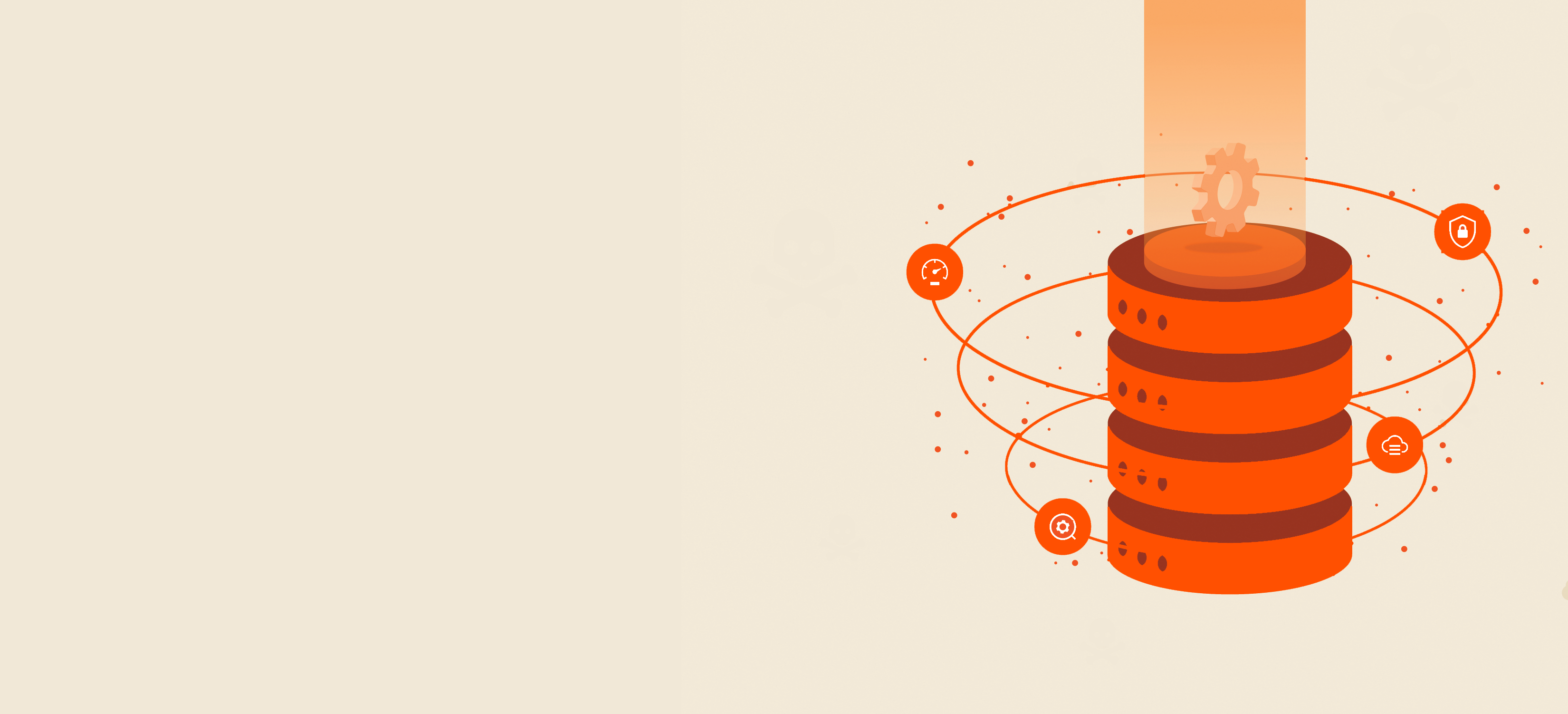
Wall Street Journal
Learn how Pure Storage improved data resilience for Red Lobster while integrating with their legacy storage.
Conclusion
Blockchain is more than just a buzzword; it’s a technology that has the potential to redefine how we store, secure, and audit data. By decentralizing storage, ensuring data integrity through cryptographic means, and providing unparalleled transparency and auditability, blockchain addresses many of the critical issues facing traditional storage systems.
As we move forward, the integration of blockchain with data storage systems will likely become more prevalent, offering organizations new ways to protect and verify their most valuable asset. The journey is just beginning, but the destination—a future where data is truly secure, tamper-proof, and fully auditable—is within reach. And for those who value the integrity of their data, blockchain offers a path worth exploring.
The Pure Storage Platform
A platform that grows
with you, forever.
Simple. Reliable. Agile. Efficient. All as-a-service.
Modern Data Storage
Learn more about the data platform that grows with you, forever.
![]()
